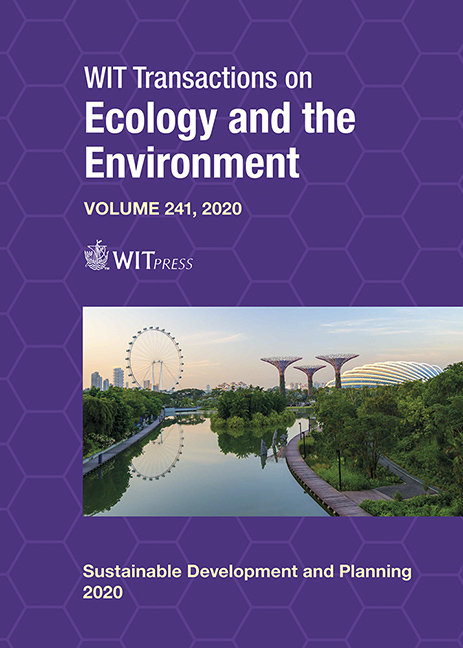RESEARCH ON THE PUBLIC SPACE RENEWAL STRATEGY OF CHINESE TUJIA NATIONALITY HERITAGE VILLAGES BASED ON THE HEALTHY RURAL THEORY: A CASE STUDY OF LIANGHEKOU VILLAGE IN ENSHI XUANEN COUNTY, HUBEI PROVINCE
Price
Free (open access)
Transaction
Volume
241
Pages
11
Page Range
145 - 155
Published
2020
Paper DOI
10.2495/SDP200121
Copyright
WIT Press
Author(s)
CHEN LI
Abstract
In recent years, certain transformations have taken place in the existing mode of Chinese towns and villages in the wake of tourism flourishing that increasing numbers of towns and villages have begun to redefine themselves as rural tourism-oriented. Such transformations have witnessed positive economic growth for China while affecting the original life of the rural residents. As a result, myriads of time-honored villages and towns are confronted with virtual threats and challenges triggered by heritage loss and cultural interruption. In 2008, Lianghekou Village of Enshi Tujia and Miao Autonomous Prefecture, Hubei Province, was listed in the fourth batch of cultural and historical villages. Since the expressway was conveniently accessible in 2019, considerable quantities of visitors have swarmed into this village initially unheeded. Accordingly, the Tujia folklore characterized by Pengjiazhai, a nationally-protected cultural relic of Tujia Ethnic Group, has become a treasured cultural heritage with extra attention garnered and popularity gained. Taking Lianghekou Village, Shadaogou Town of Enshi, Hubei Province for example, this essay launches a probe into how the public space of Chinese historical villages should be maintained, sustained and renewed with the healthy and active village space theory introduced. Focusing on protecting and succeeding the traditional culture of Tujia Ethnic Group, it further makes a planning for the public space of Lianghekou traditional village based on analyses of the village texture and space function, node space, street space, as well as public architectural forms. Meanwhile, a tactic incorporating using active and healthy space, creating healthy rural production mode, integrating plural space, and improving village public facilities is proposed so as to provide a mirror for the renewing and renovation of the public space of the historical and cultural village, rejuvenate the village amid times development, and get the cultural heritage commonly owned by mankind well protected.
Keywords
traditional village, landscape optimization, public space, heritage protection





